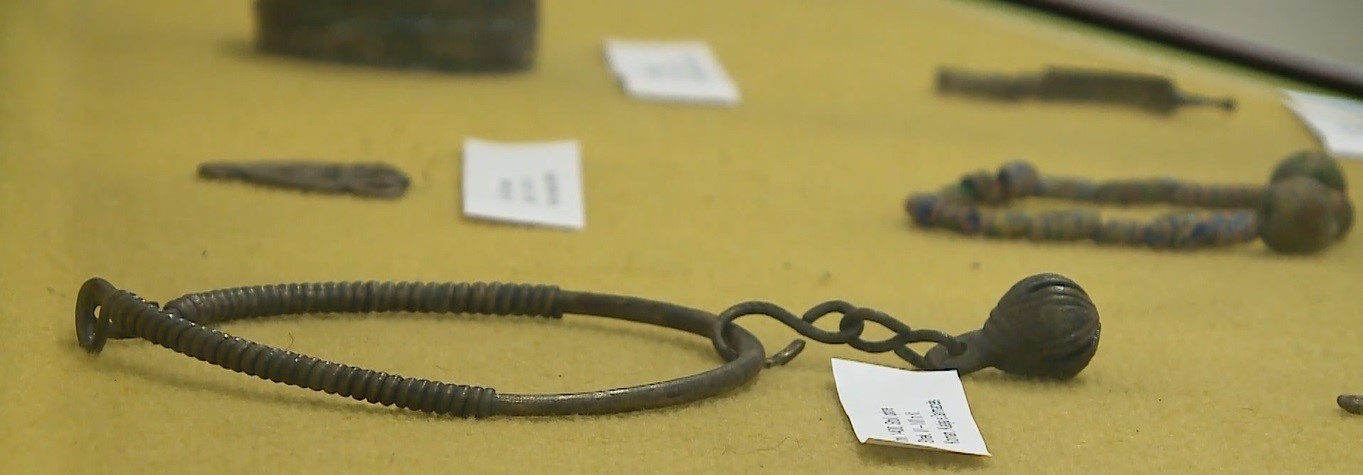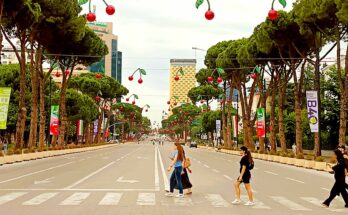The French consul in Shkodër, A. Degrandi, in 1892 organized a small archaeological expedition in the village of Koman, near Puka, in the place called Kalaja e Dalmatia. Many graves and the ruins of the church of Saint John were discovered. The excavations were later continued by foreign and Albanian archaeologists. From the study that was made of the construction of the cemetery (in the form of a box with stone slabs and east-west orientation), the way of burial (the placement of the body, extended hands folded on the chest and head placed from the west), the materials found (war objects and bronze and iron work, as well as objects used for decoration by women), the following conclusions were drawn about the Koman Culture:
* Culture which belongs to the early Middle Ages, VI-VIII centuries;
* This culture did not have an insular character belonging to a community limited to a deep mountainous territory, but included a wide ethnic community, the arboreal population. This population during the early Middle Ages, and later, spread over a wide territory, inside and outside the present-day territory of Albania;
* The Koman culture represented a “cultural bridge, connecting the Illyrian culture of Late Antiquity (4th-6th centuries) with the later medieval period (10th-14th centuries). The form and manner of burial, family cemeteries (within a cemeteries also housed other members, characteristic of Illyrians), as well as the material found inside the graves, express a direct heritage of the Illyrian culture of late antiquity. The objects found in the cemeteries, especially the various ornaments, preserve elements of the Illyrian culture, such as it was the circle that symbolized the Sun, which were interwoven with new elements, with Christian symbolism of the beginning of the Middle Ages. In the cemeteries of this period, bronze objects from the early Illyrian periods of the 7th-6th century BC and the 2nd century were found. -III AD.
* Even in the century In the 19th and 20th centuries, the inhabitants of these regions, especially the rural areas, continue to preserve the tradition of Koman Culture in the use of decorative objects, such as: rings, bracelets, pendants, earrings, belts, fibulas, etc.
In the light of these findings, there is no doubt: the Koman Culture represented a “cultural bridge, connecting the Illyrian culture of Late Antiquity (4th-6th BC) with the later medieval period (10th-14th).



